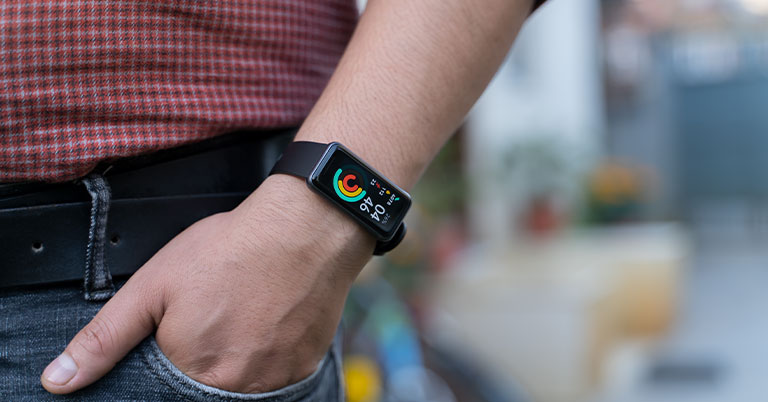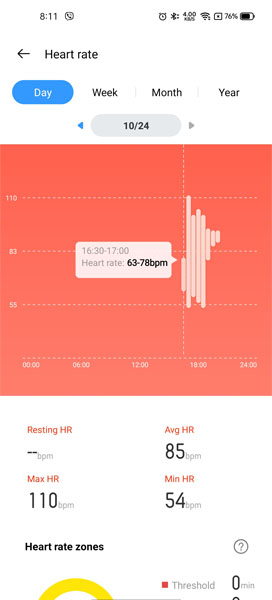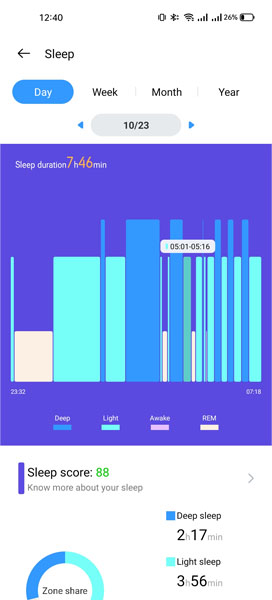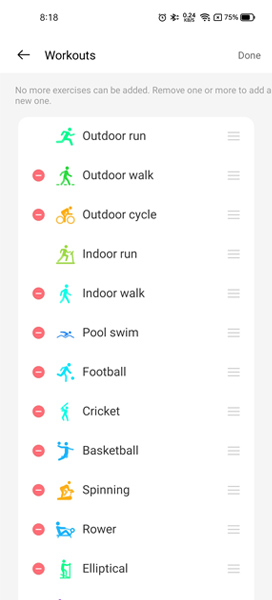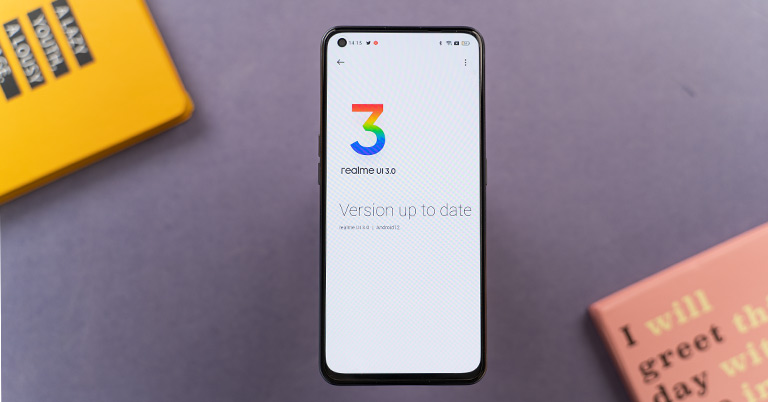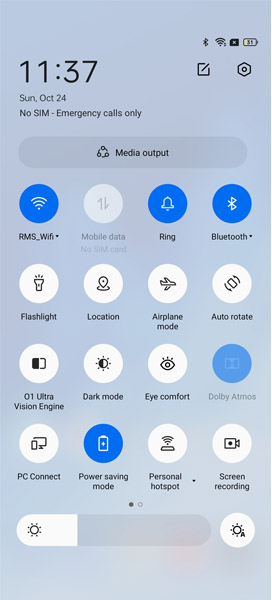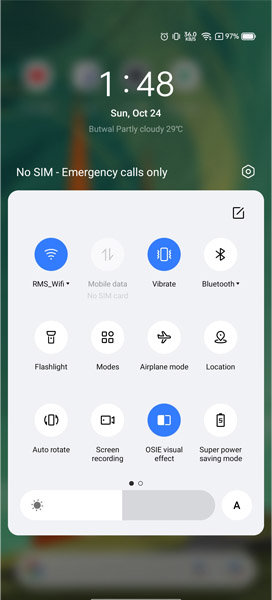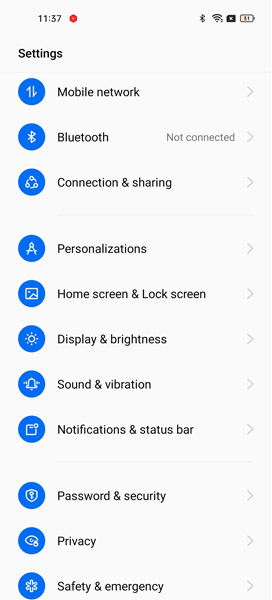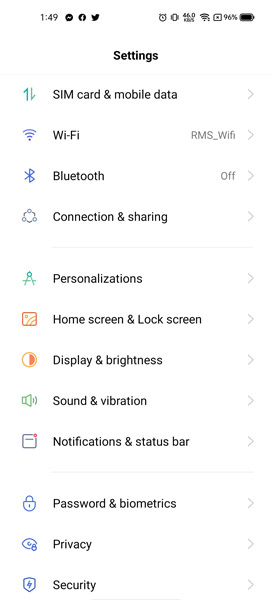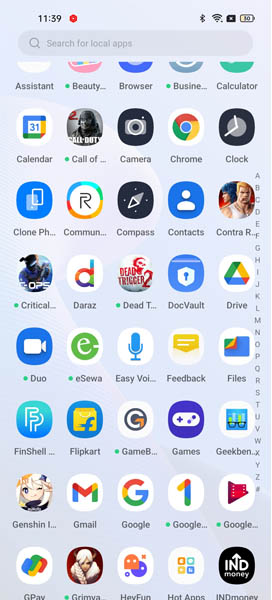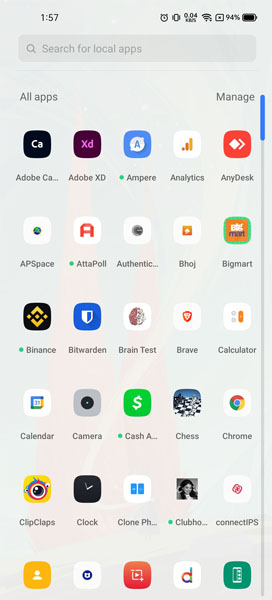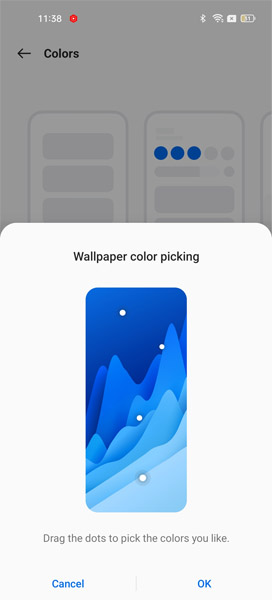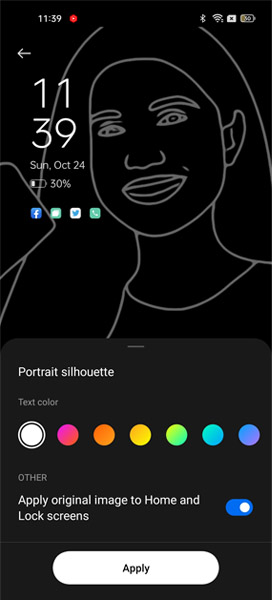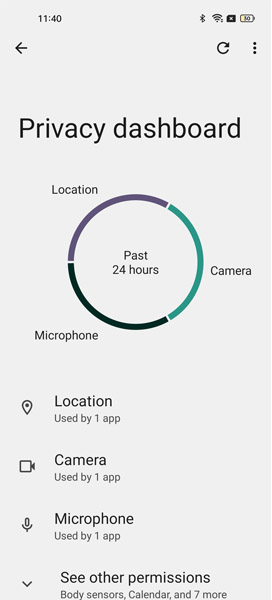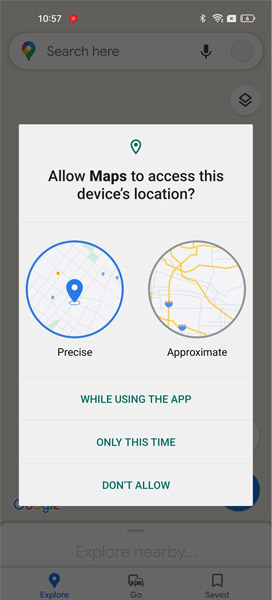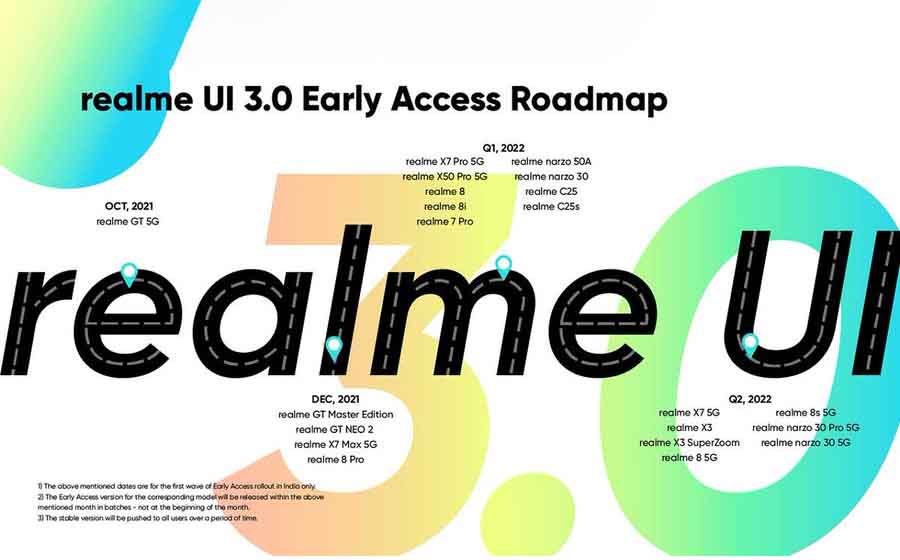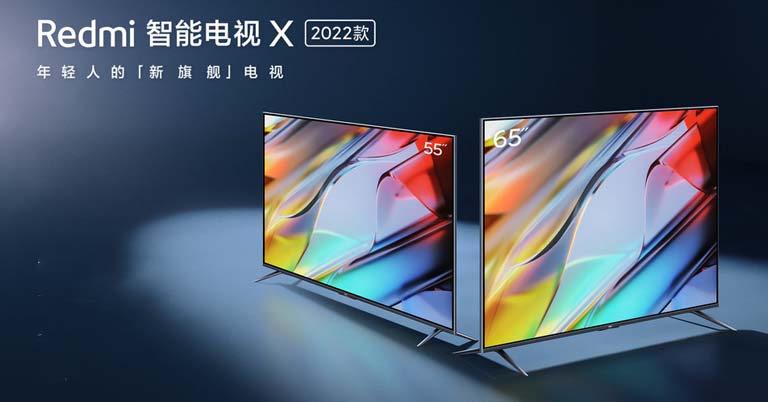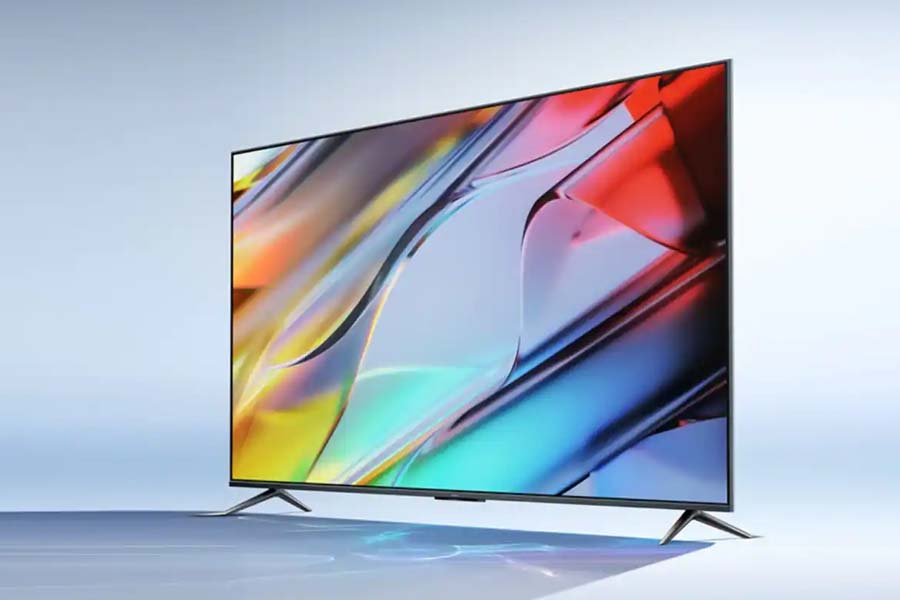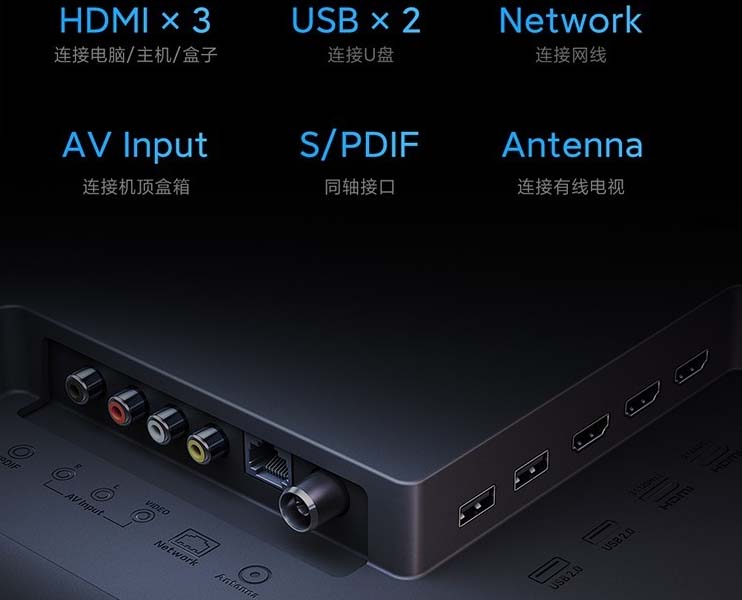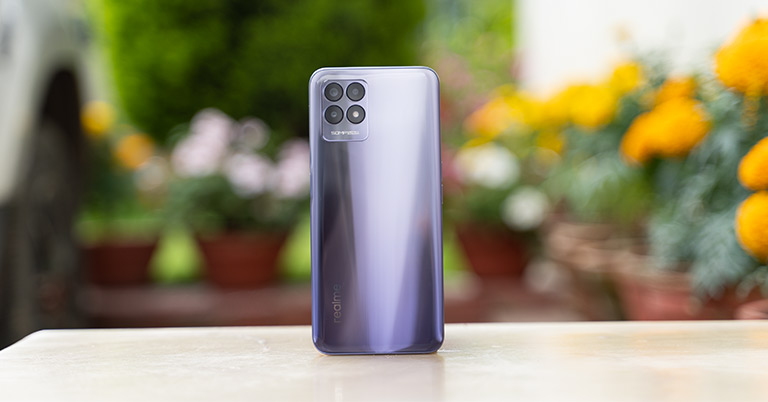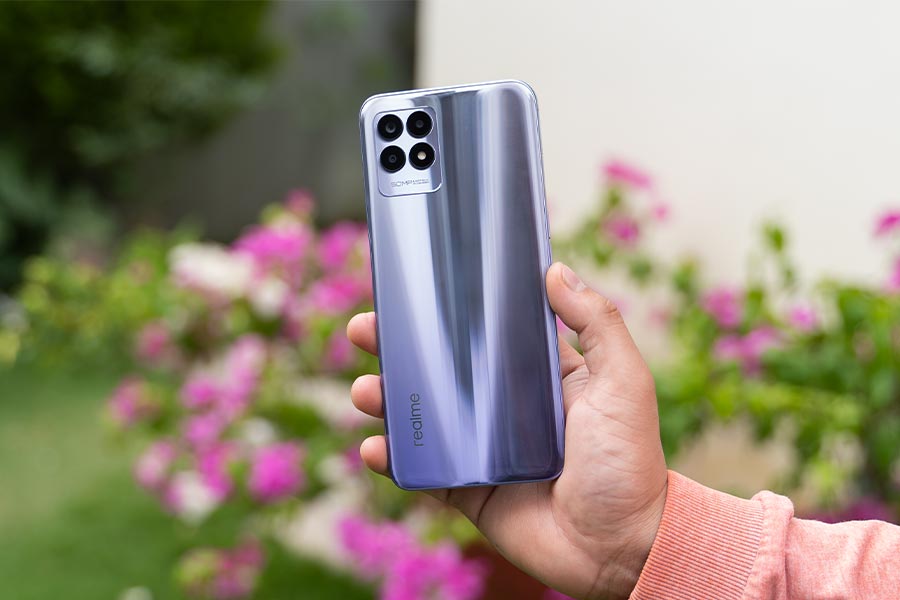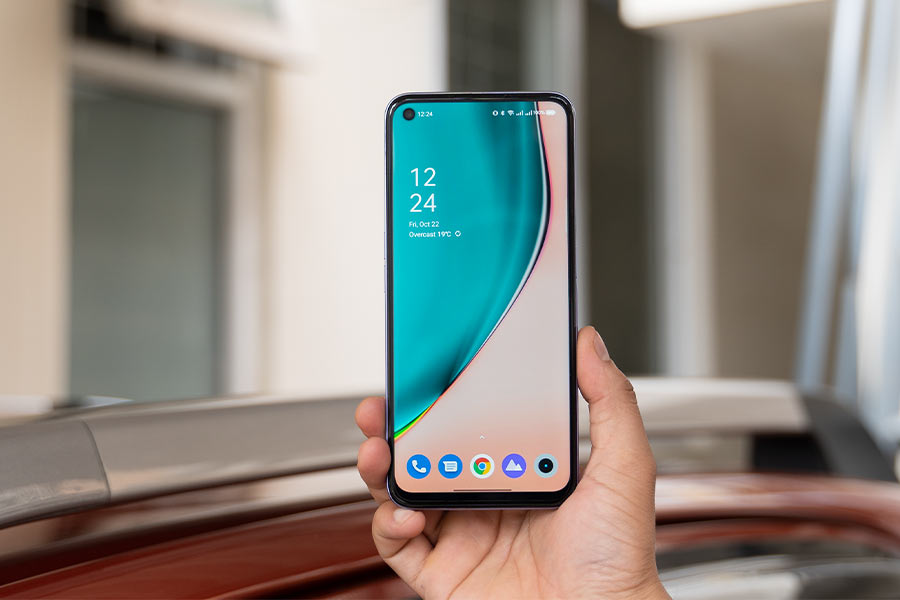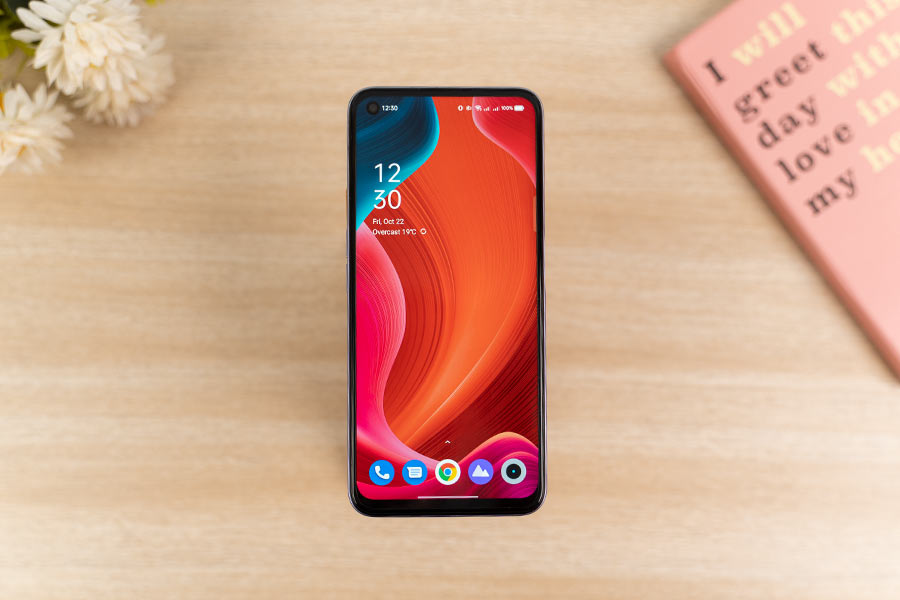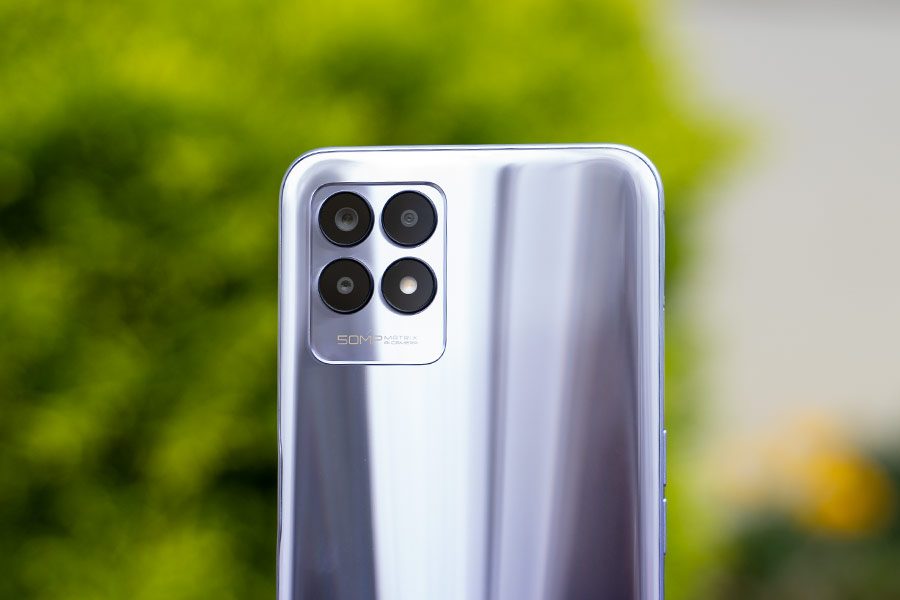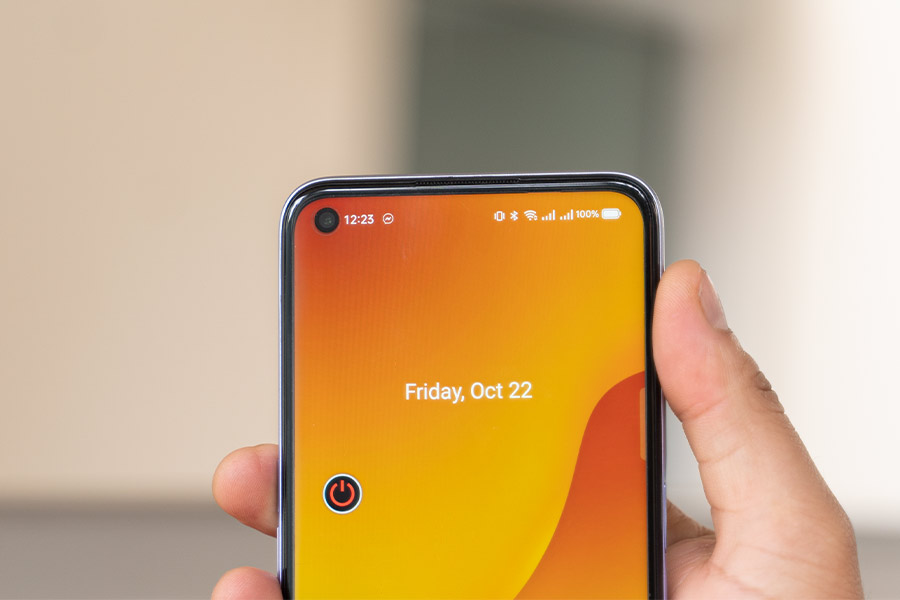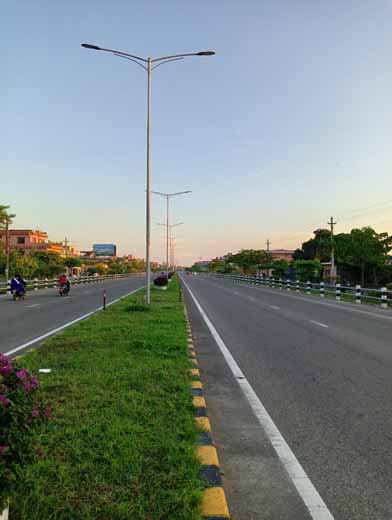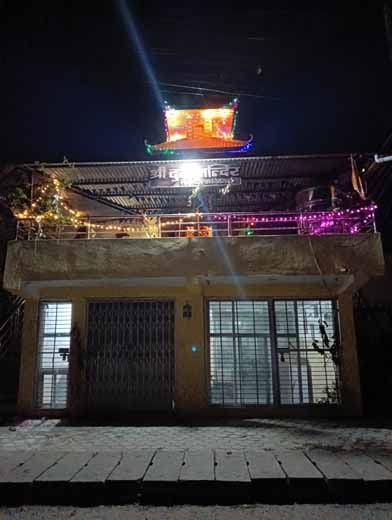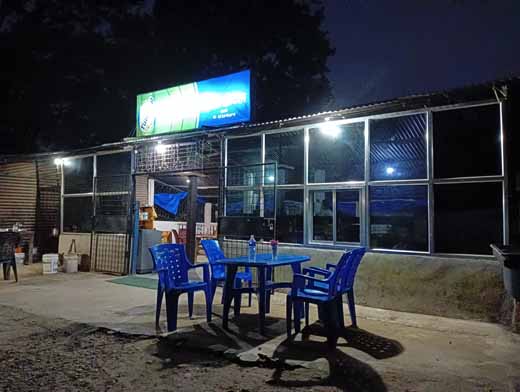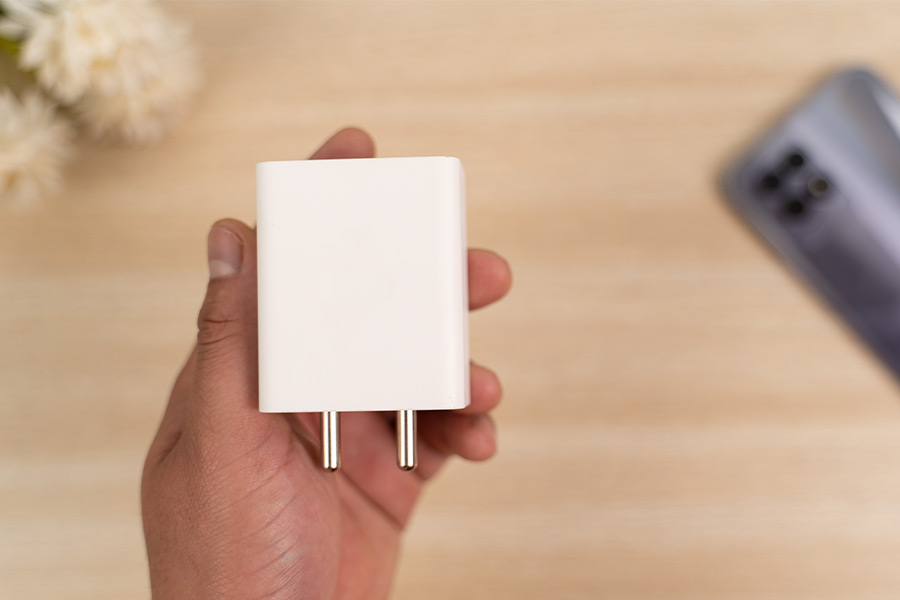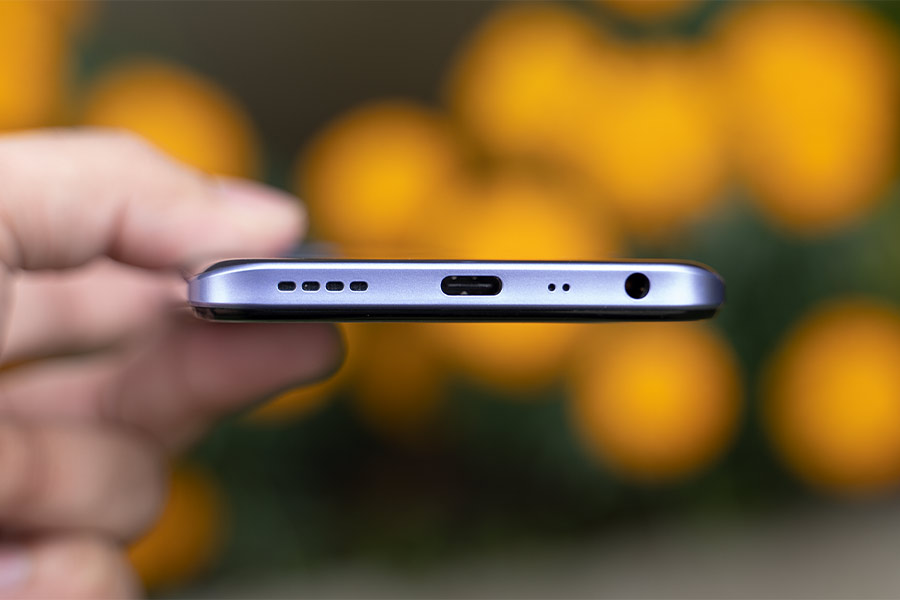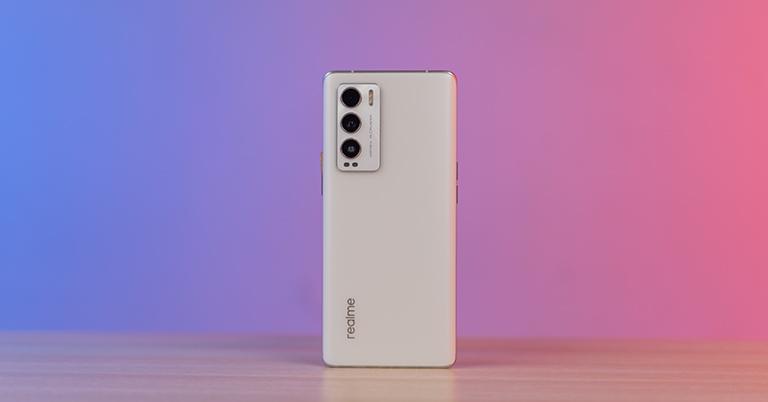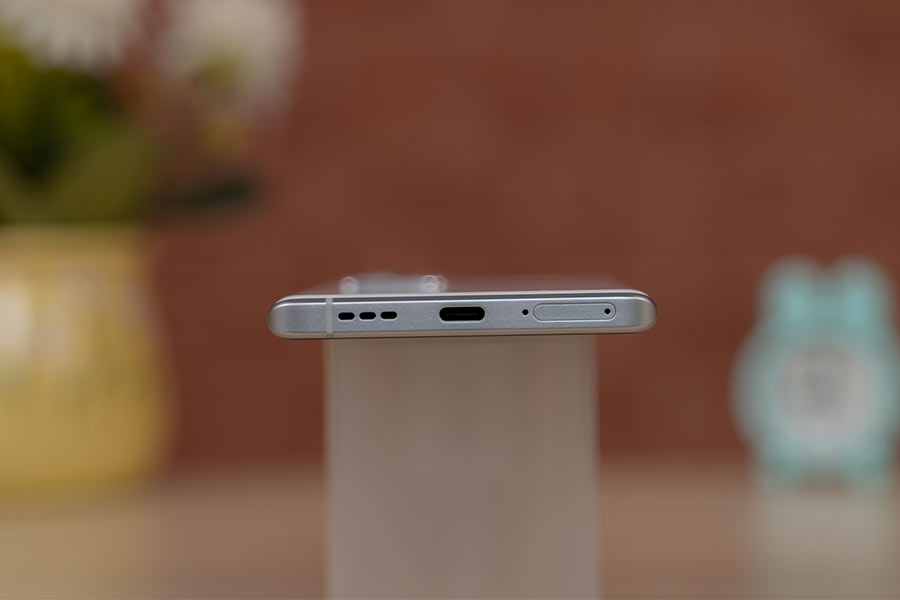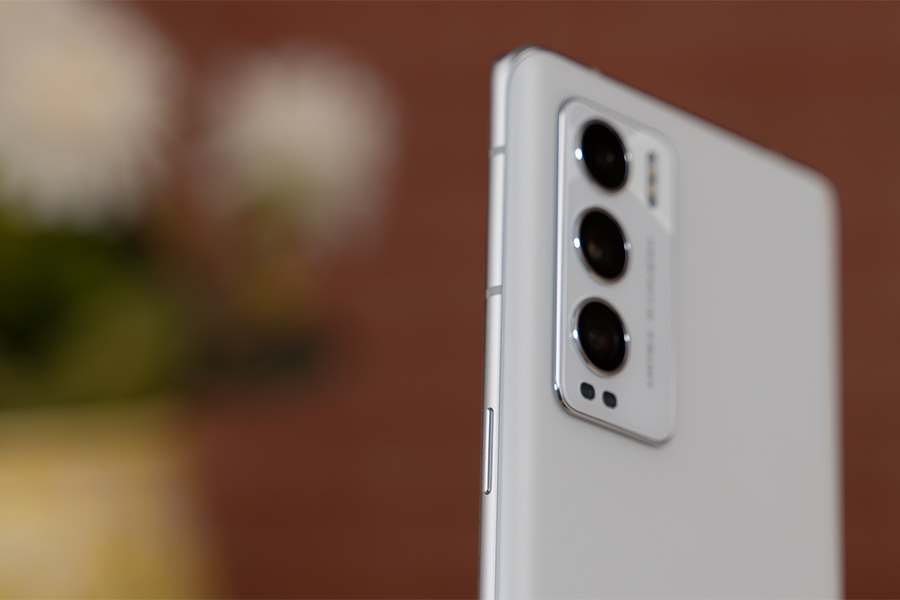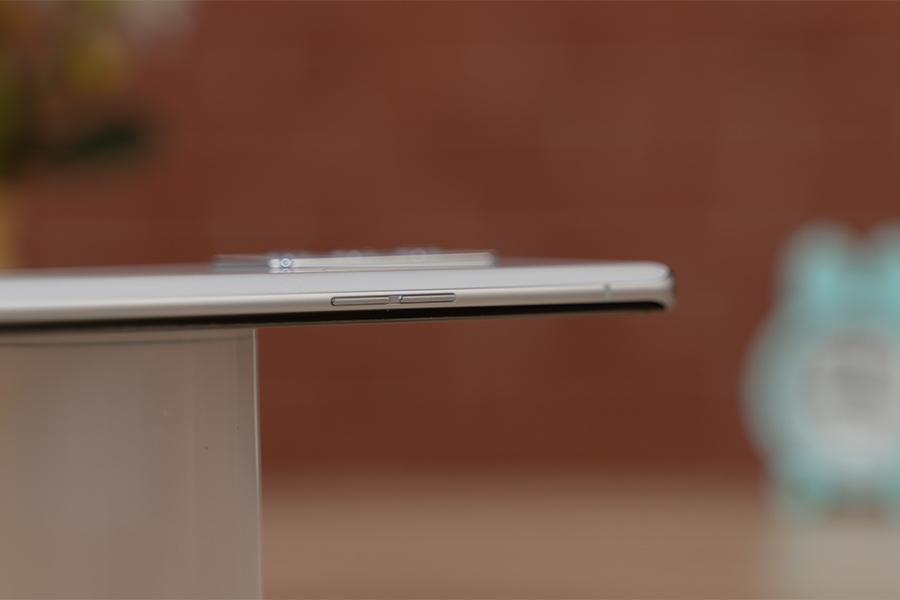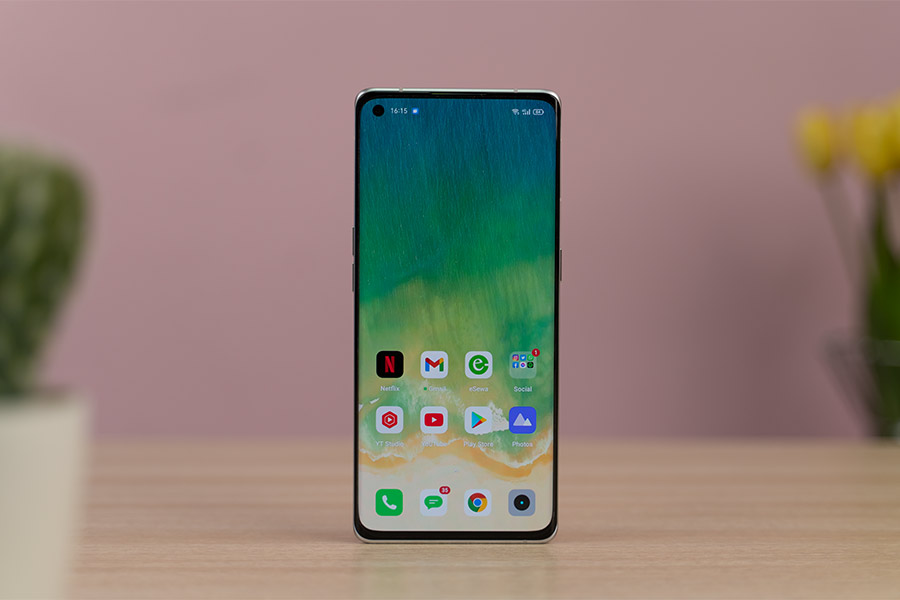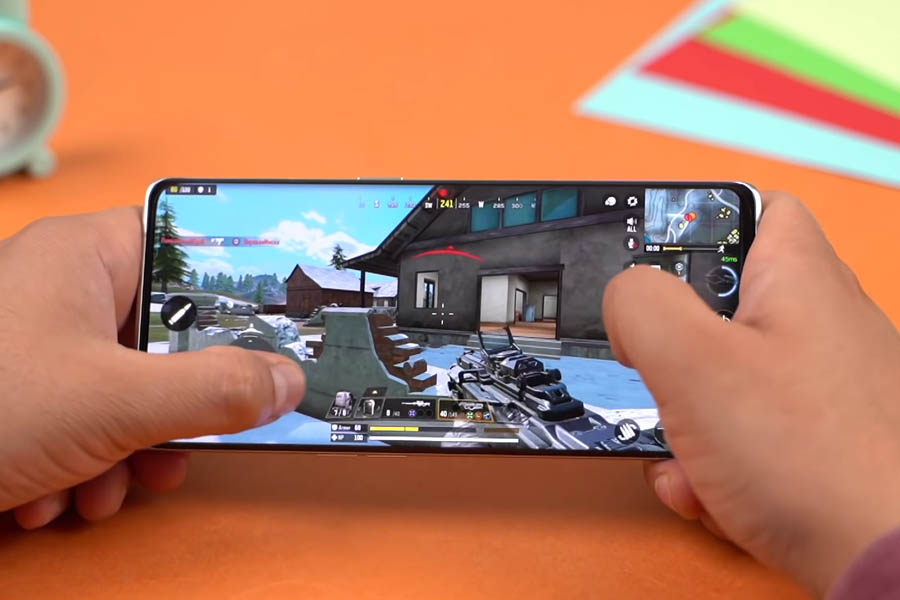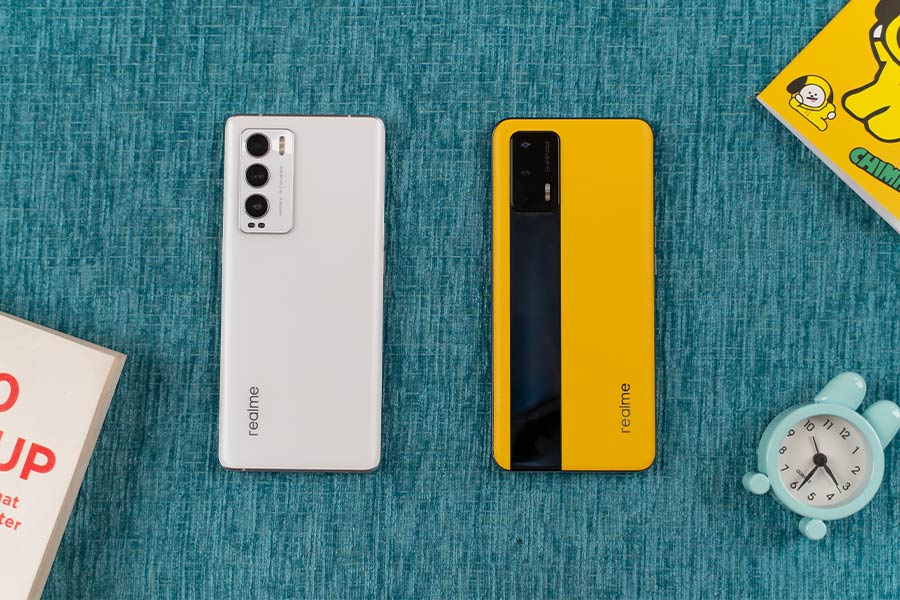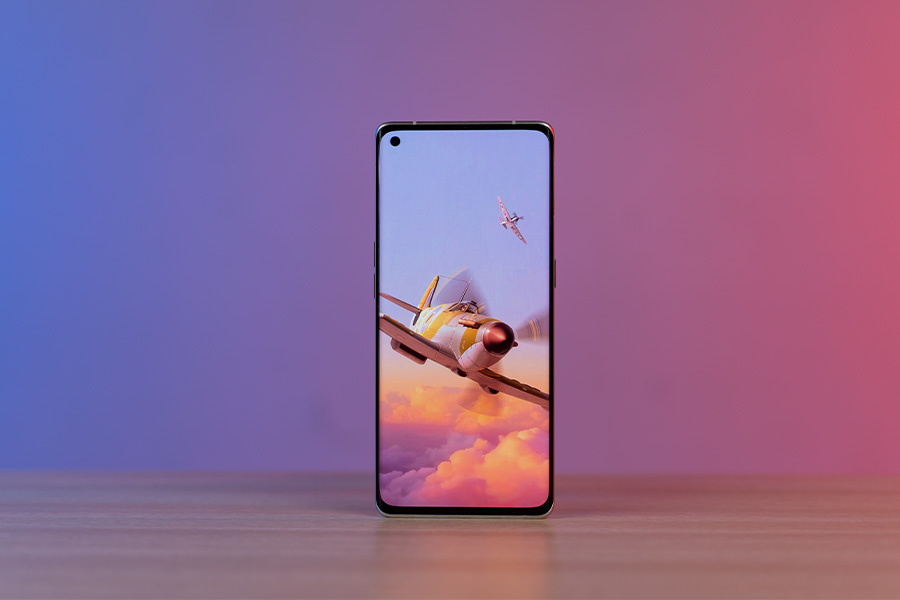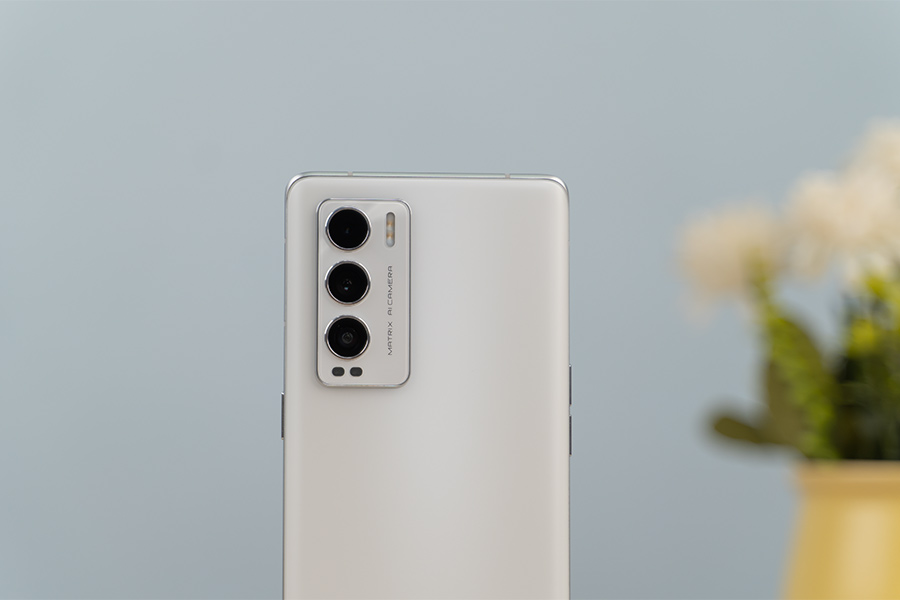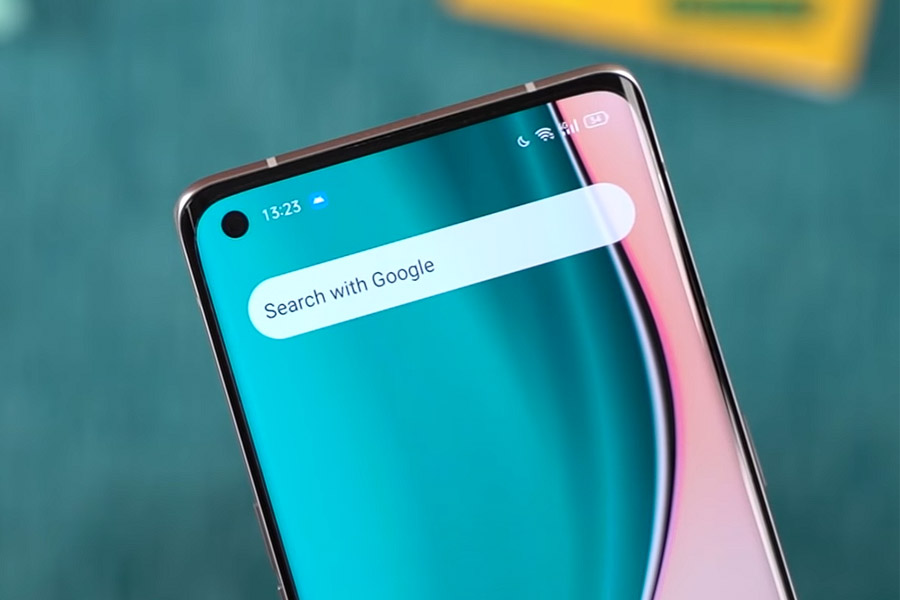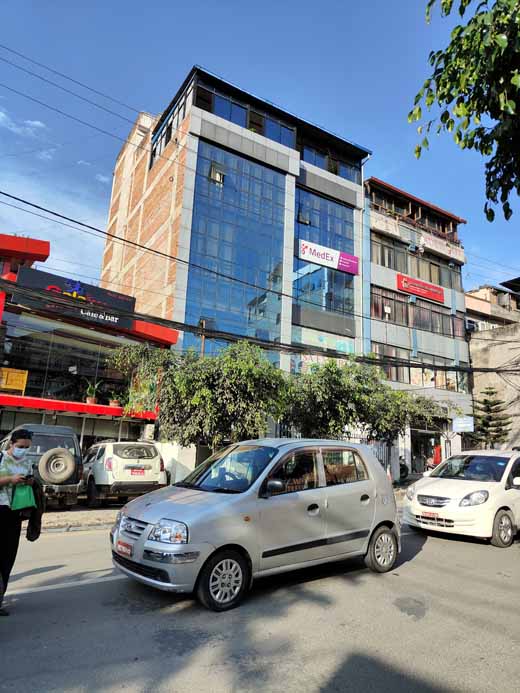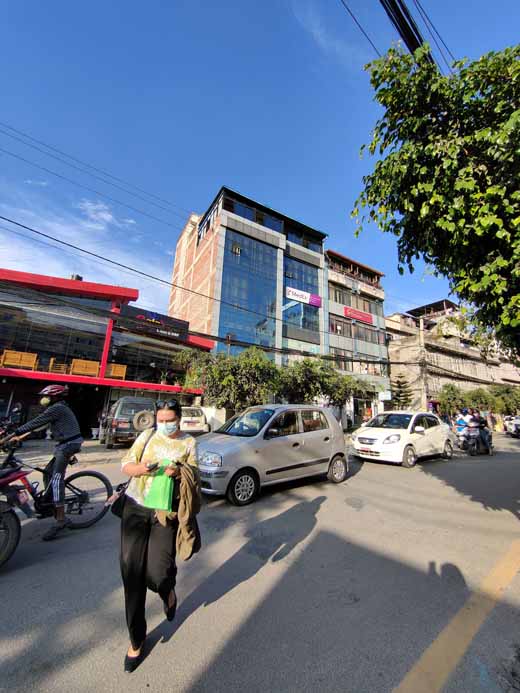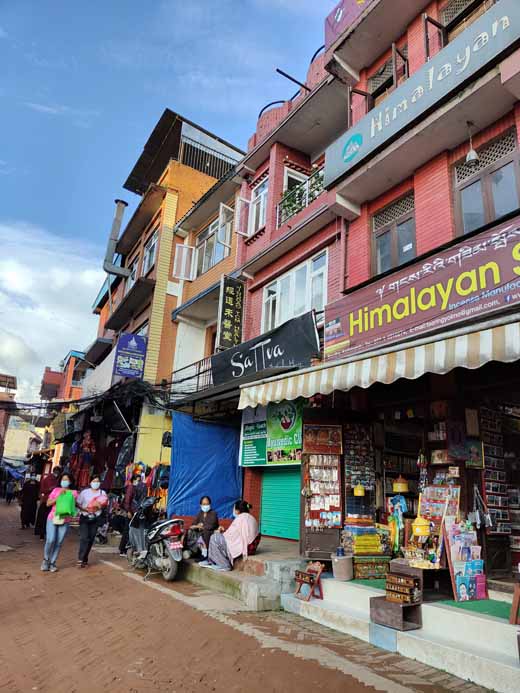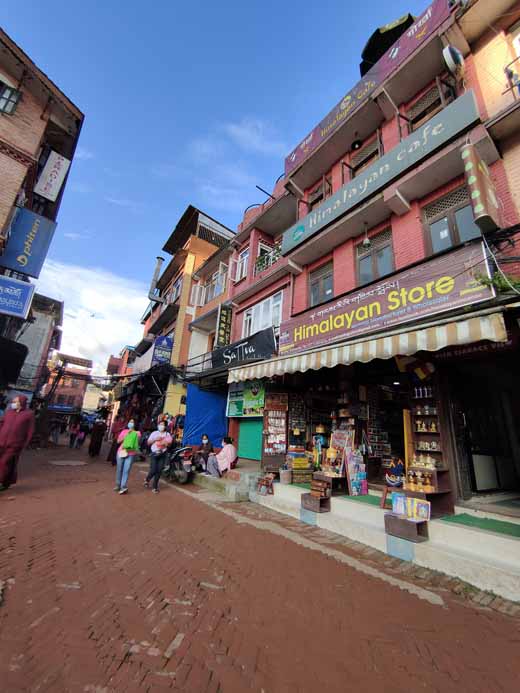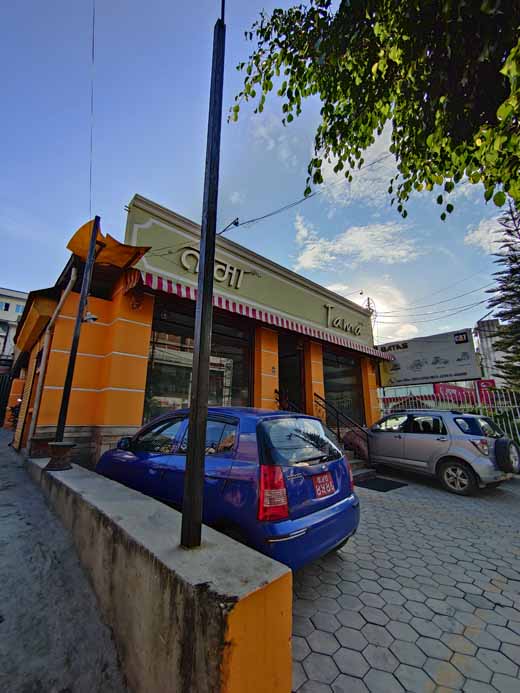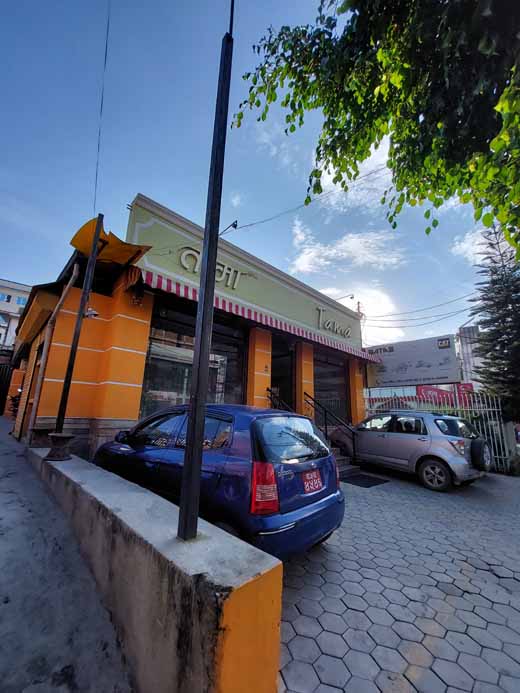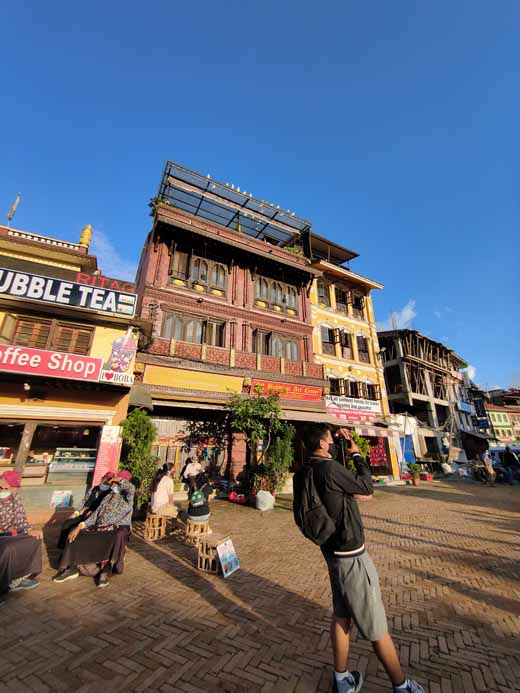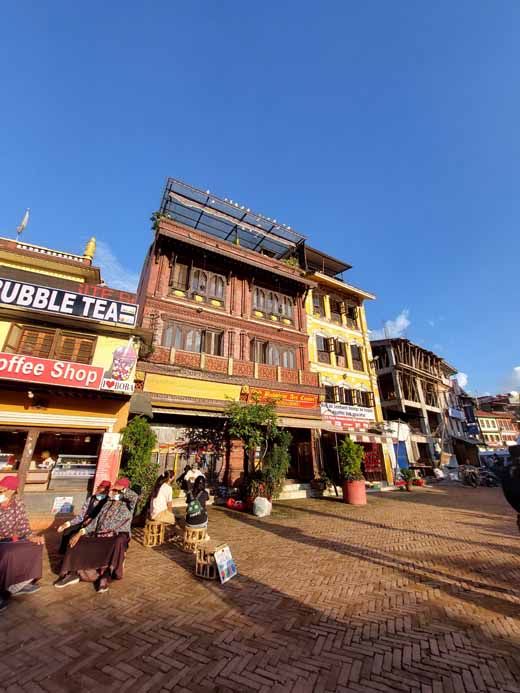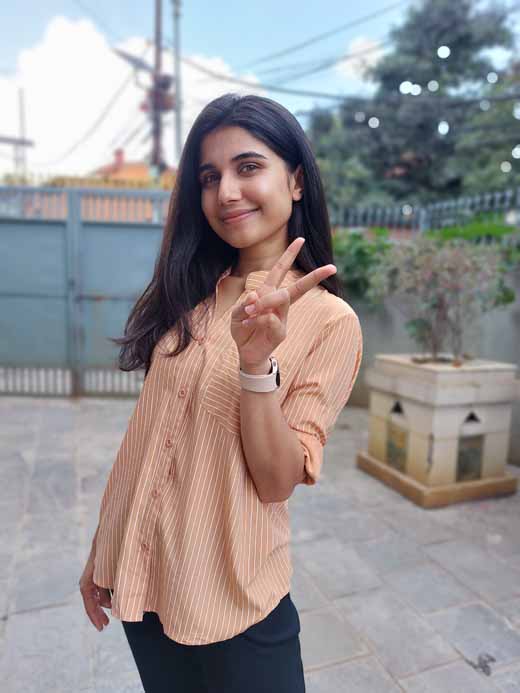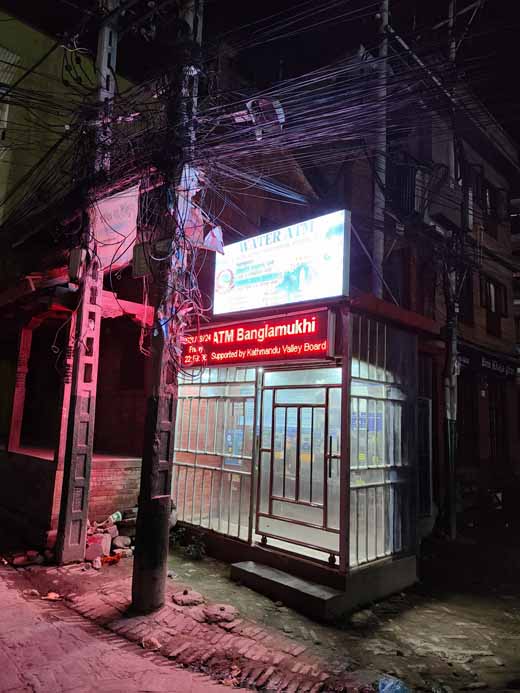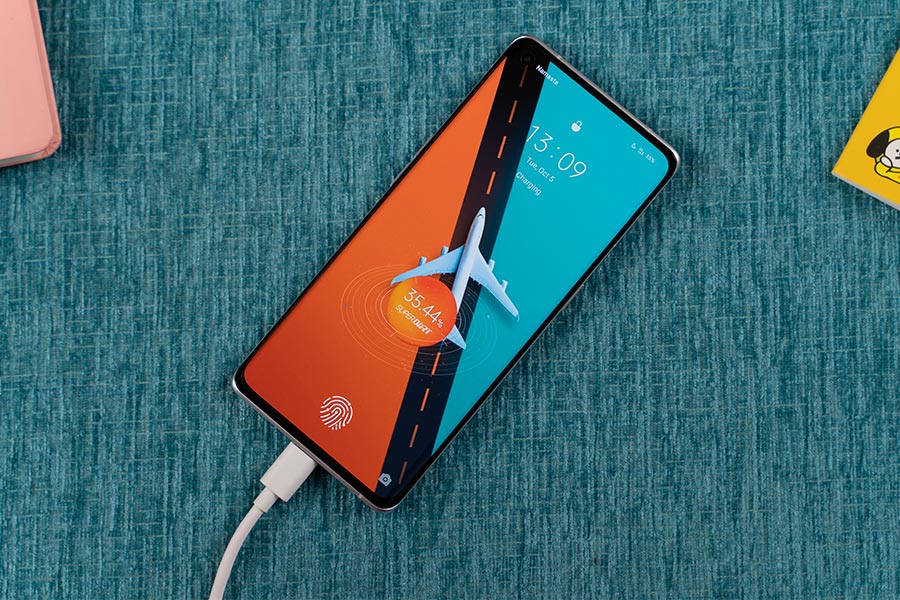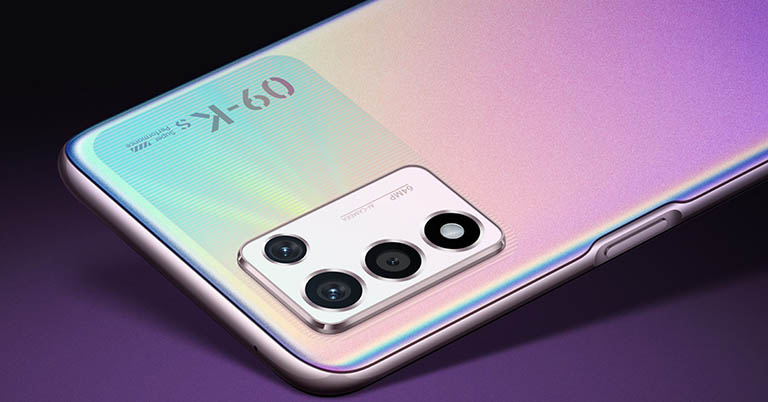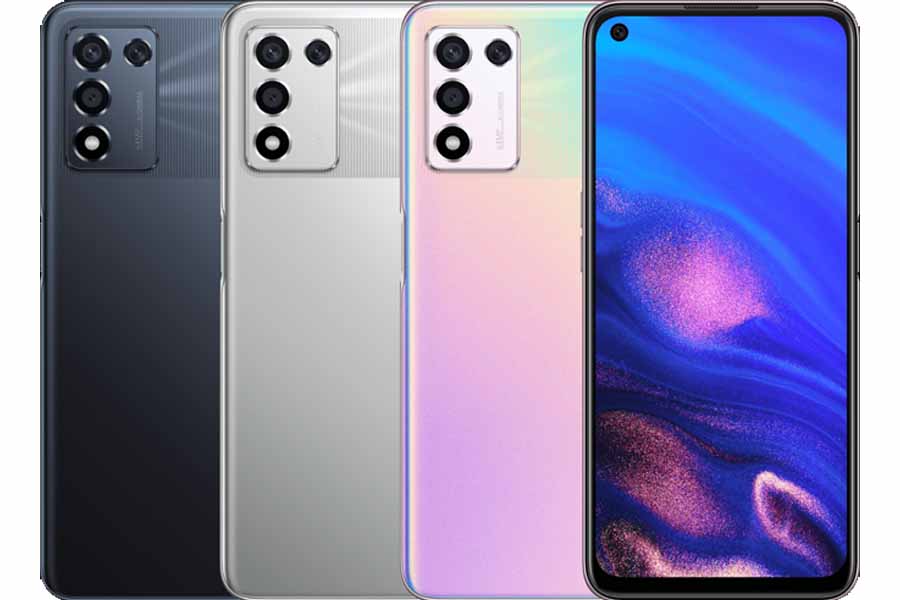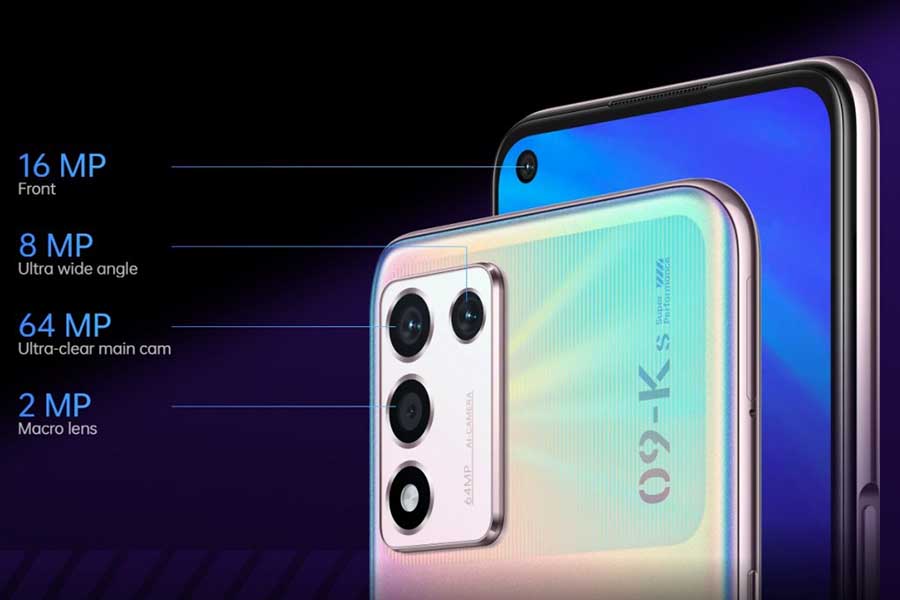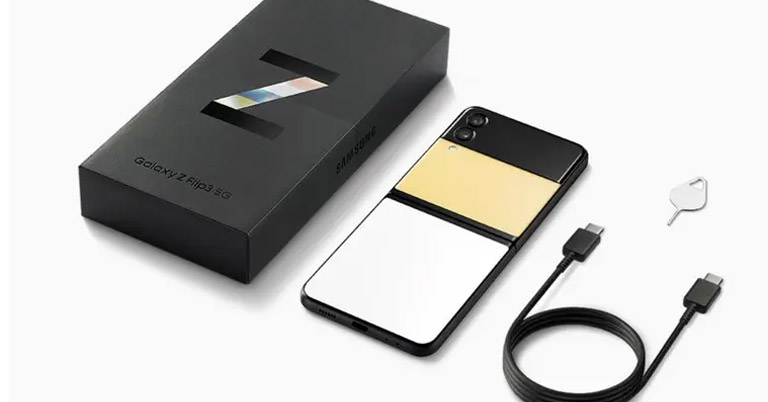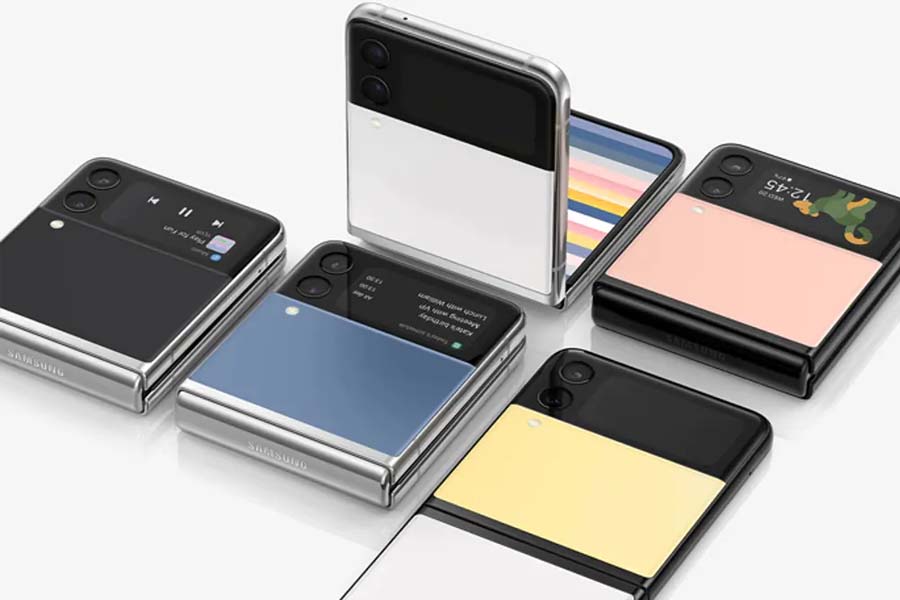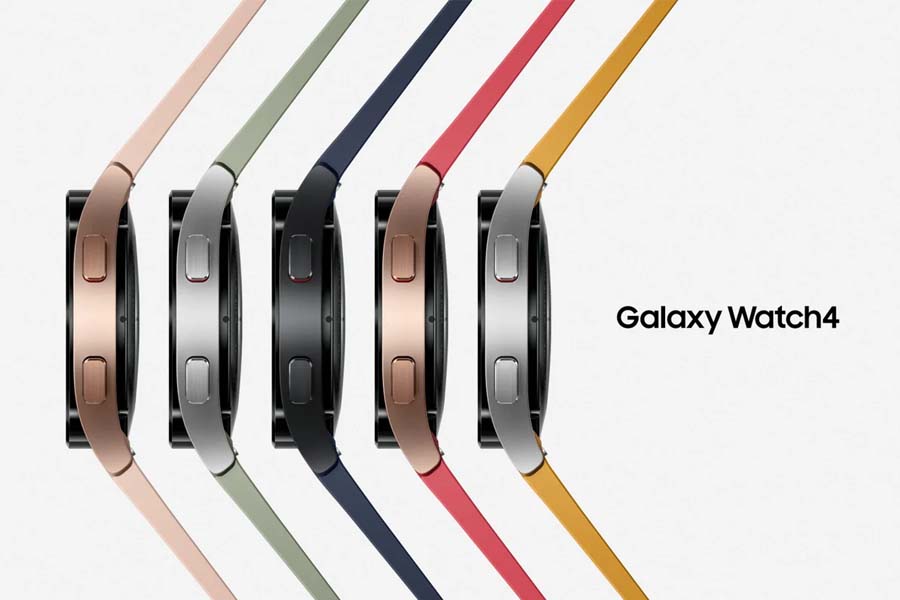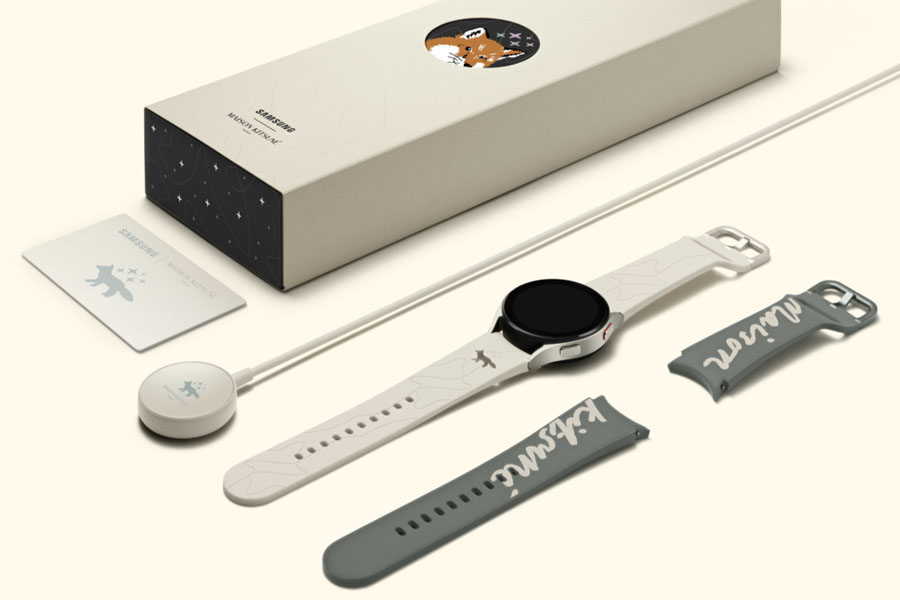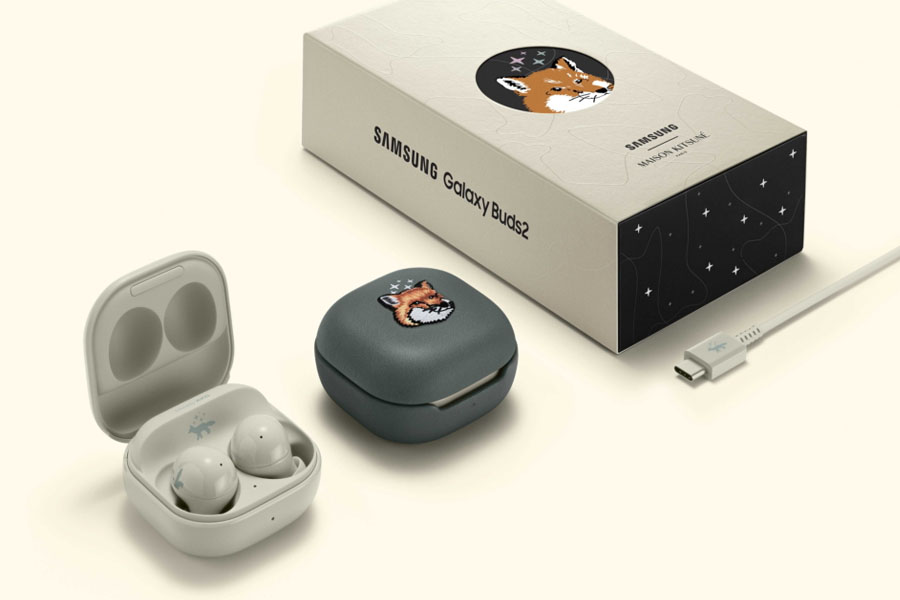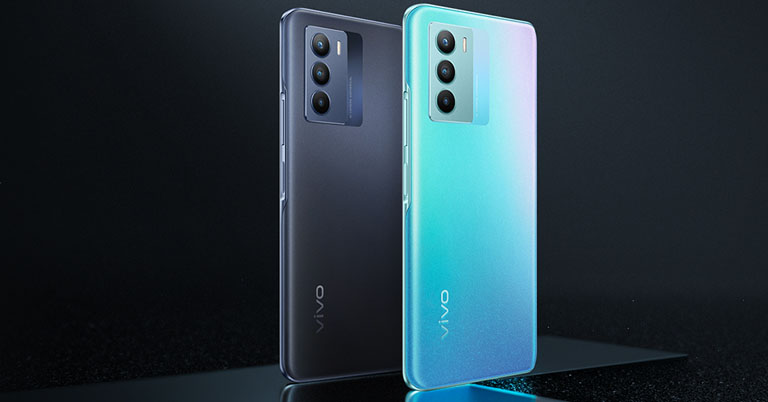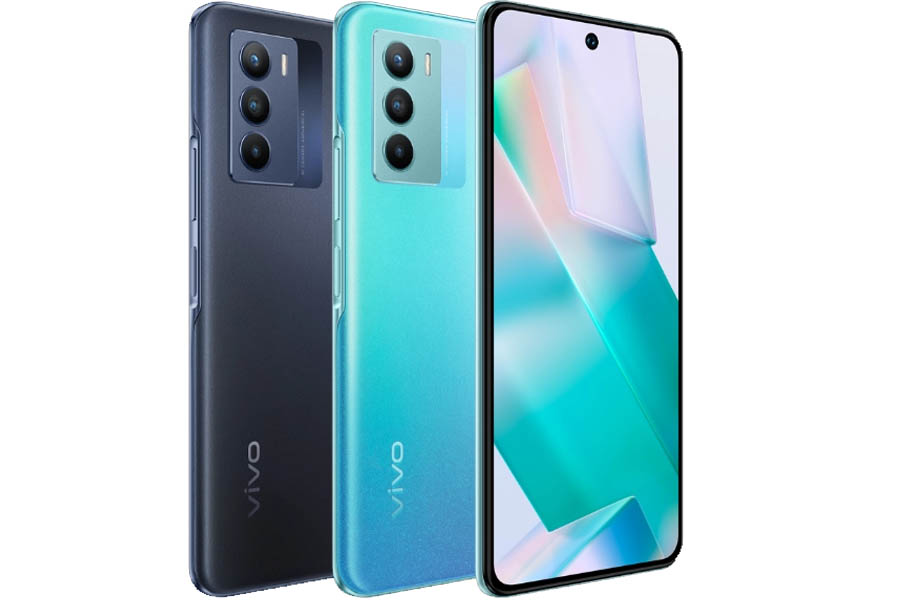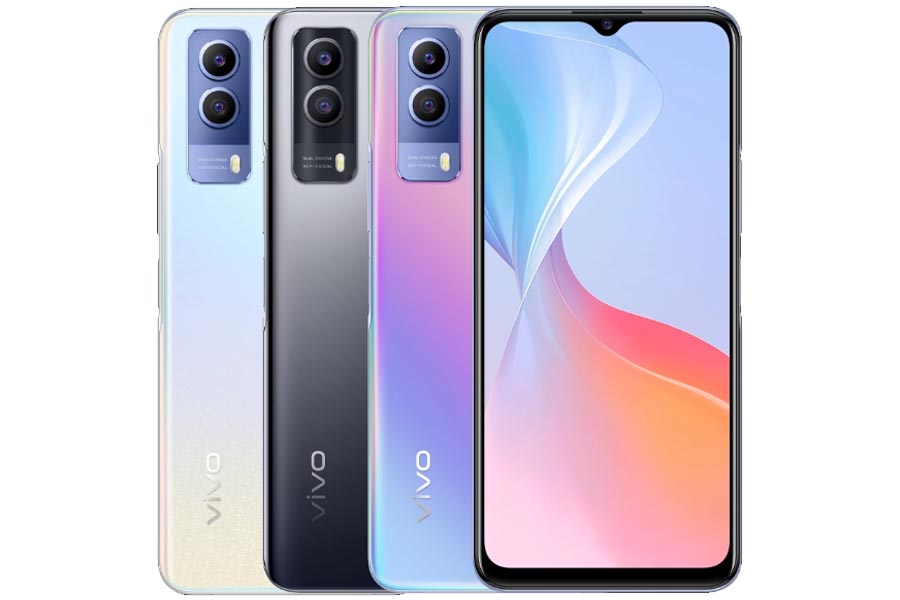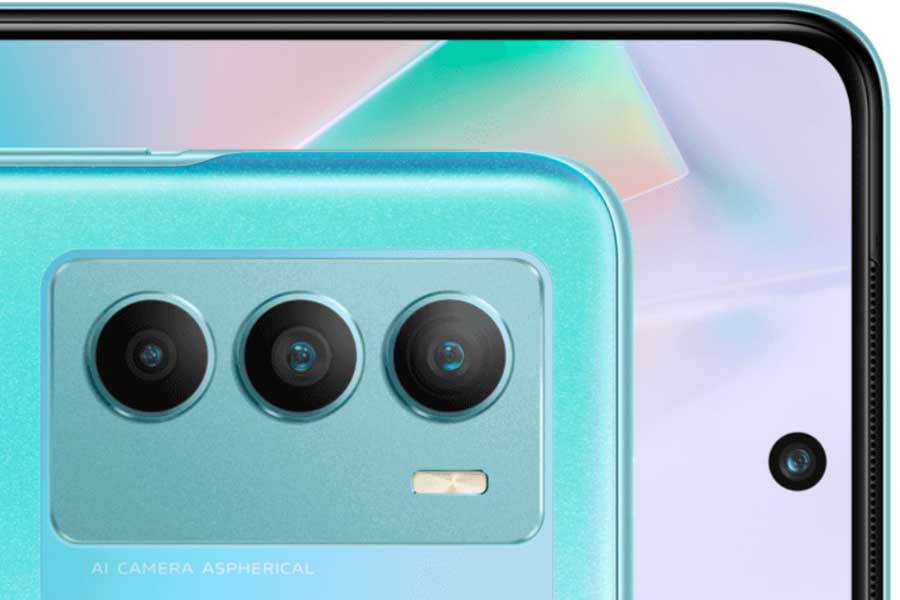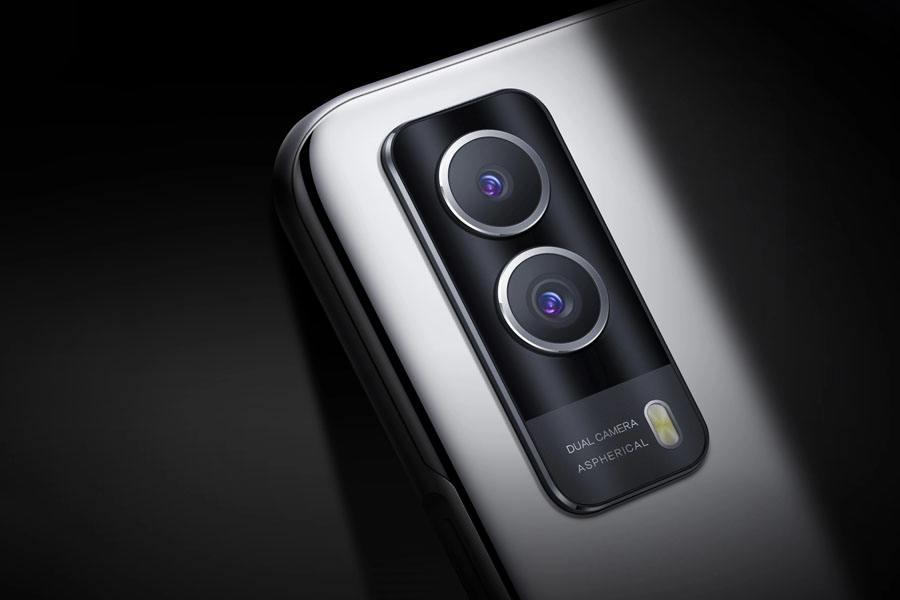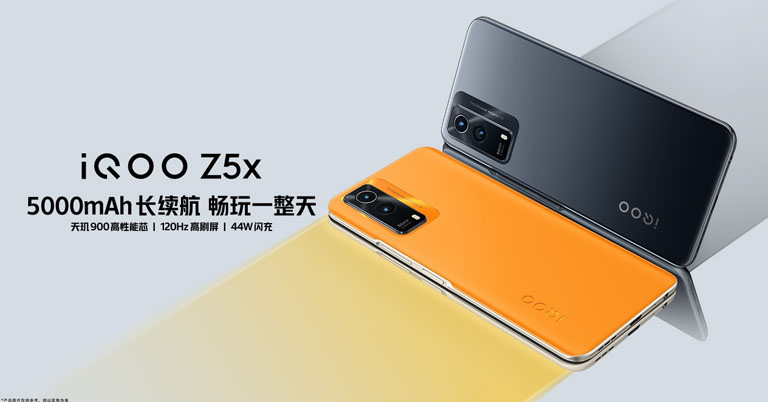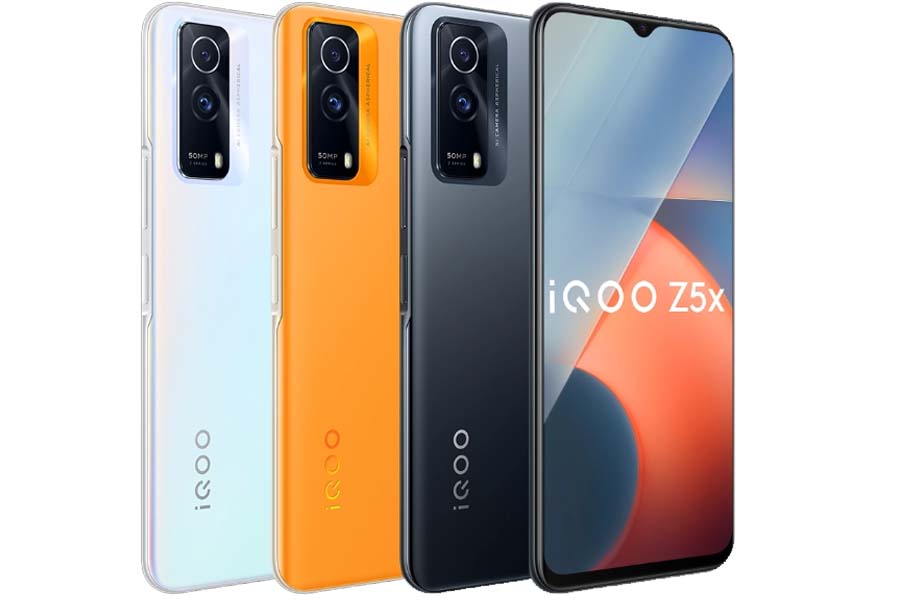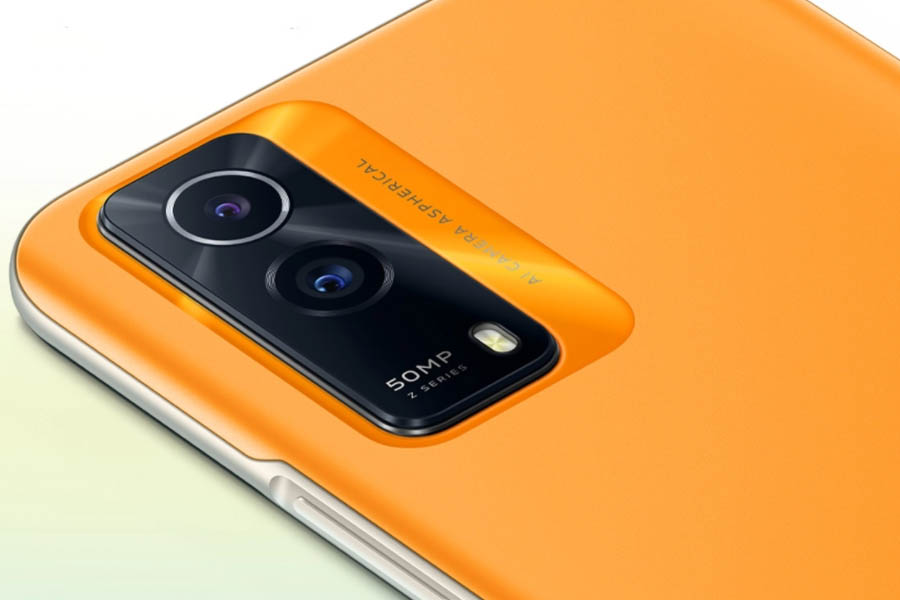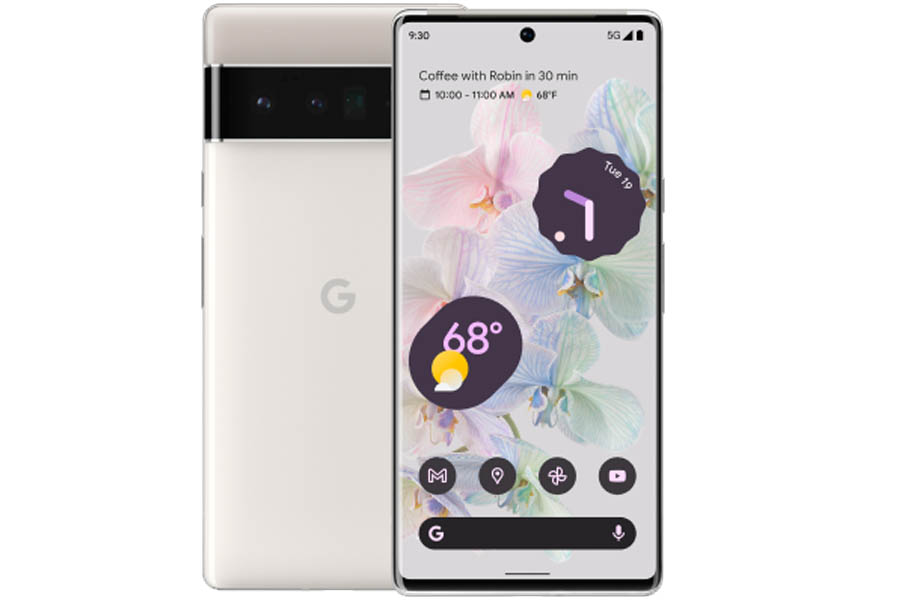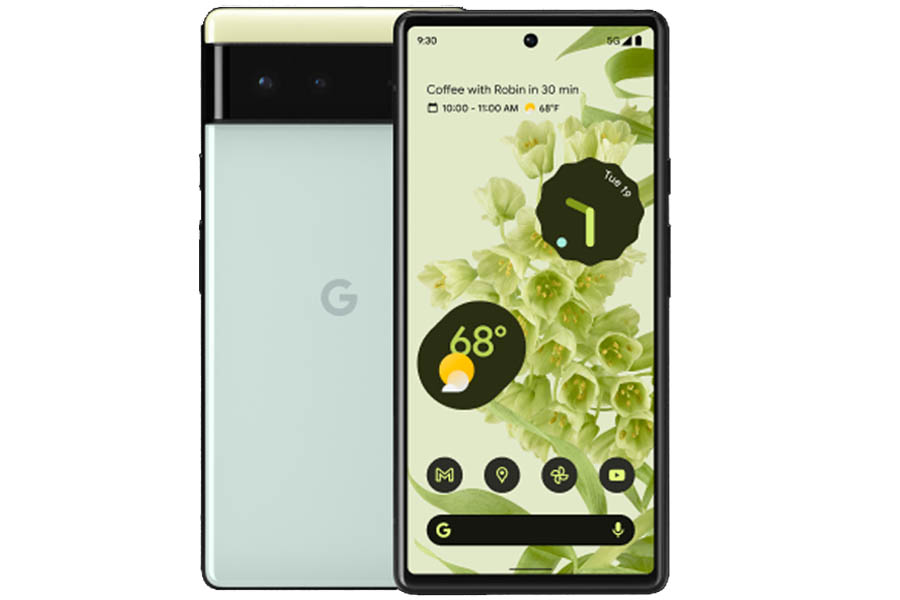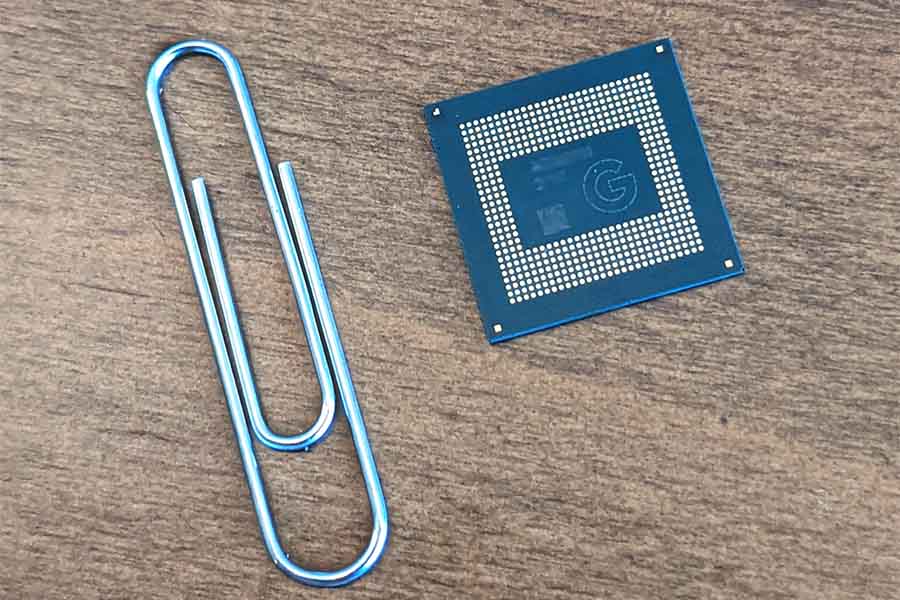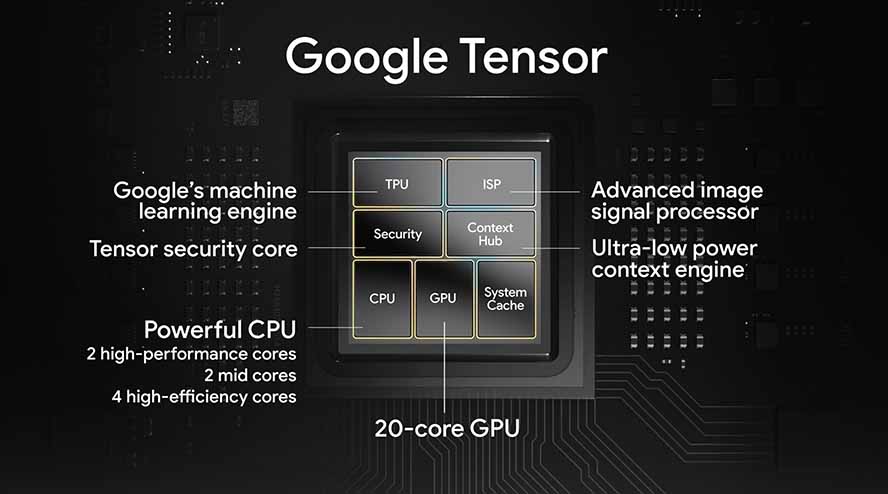If you want to give fitness bands a try and want to start by investing a little, then the Realme Band 2 that I have with me can be an ideal choice for you. For the price, this tiny guy boasts some amazing features. It’s the company’s second effort at a fitness band, which brings a significant improvement over its predecessor. As a result, the Realme Band 2 looks like a solid wearable in the budget, and I’ll go through it in detail in this review.
Realme Band 2 Specifications:
- Dimensions (W x H x L): 259.8 x 24.6 x 12.1 mm, 27.3 grams
- Display: 1.4″ TFT panel, 167 x 320 pixels resolution
- Dial Shape: Rectangle
- Straps: Interchangeable, 18mm
- Water Resistance: 5ATM (Up to 50 meters)
- Sensors: 3-axis accelerometer, GH3011
- Sports Mode: Up to 90
- Health & Fitness: Blood oxygen (SpO2), 24-hour heart rate monitor, sleep tracking, step counter, calories, women’s health tracking, etc.
- Compatibility: Android 5.1 / iOS 11 and above
- Companion App: Realme Link (Android | iOS)
- Battery: 204mAh (Up to 12 days of endurance)
- Connectivity: Bluetooth 5.1
- Case Color(s): Black
- Price in Nepal: N/A (INR 2,999 in India)
Realme Band 2 Overview:
Design
- Polycarbonate body, 27.3 grams
- 18mm silicone strap (interchangeable)
Starting off with the design, as you’d expect at this price point, the Realme Band 2 is a no-frills fitness tracker with a silicone band. Unlike the first-gen Realme Band which had a slightly curved body, this one has a rectangular design, which surely gives it a contemporary touch. Realme should’ve realized that the Microsoft Band-like design on the original Band was unappealing to users.
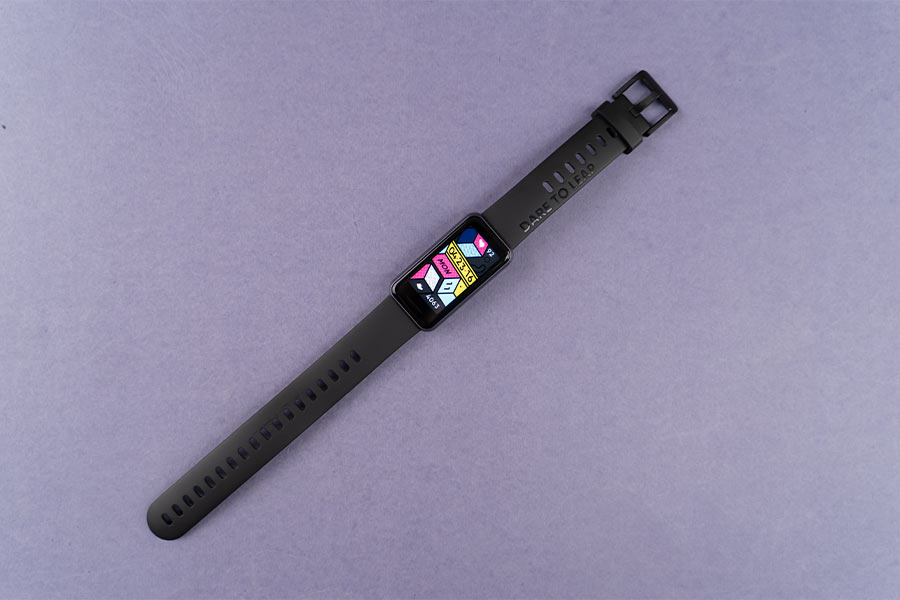
Anyway, contrary to the static straps on its predecessor, Band 2 now enjoys interchangeable 18mm straps—giving users the option to change it according to their taste. However, the one that comes with the watch feels stringent and I find it difficult to put on all day since my arms are more used to softer straps.
Furthermore, Realme has skipped tactile buttons on this edition as well in favor of a touch-capacitive sensor on the bottom bezels. It can wake the screen or take you back from menus/apps.
Display
- 1.4-inch TFT LCD display
- 167 x 320 pixels resolution
- 500 nits of peak brightness
Getting to the screen, it is now significantly larger than its predecessor. It measures 1.4 inches with 167 x 320 pixels resolution, even though Realme has still used a TFT panel. As a result, the colors don’t appear to be as crisp or vibrant, but I didn’t observe any pixelation issue either. Its sides have a comparatively narrow bezel, while the ones on the top and bottom are pretty wide.
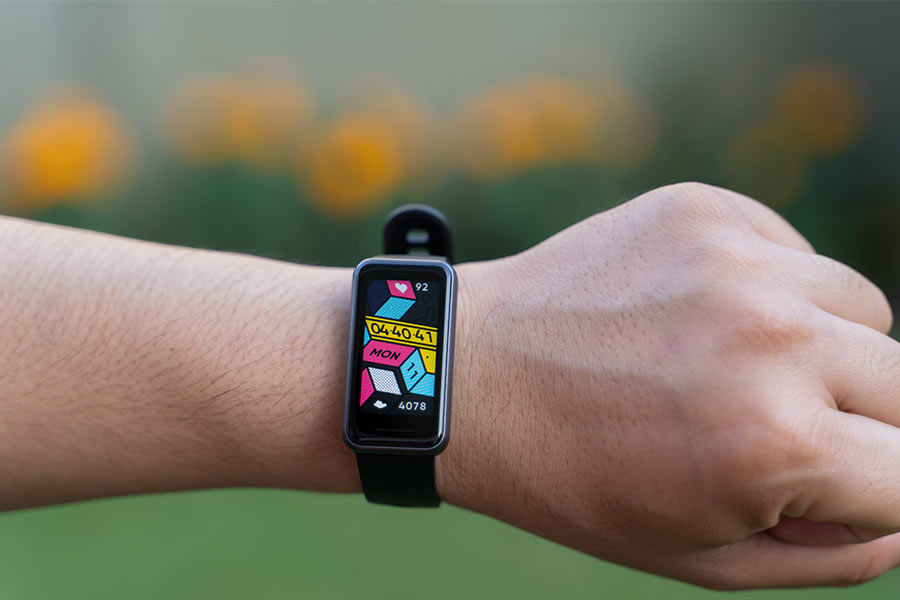
Moving on, scrolling through the menus and within the apps is quite smooth here. This panel has a peak brightness of 500 nits which in my usage is adequate enough—even under direct sunshine. It also features the “raise to wake” feature, which works perfectly for the most part.
On to the watch faces, there are about 50+ options available in the companion app, although the band itself can only store 5 of them at a time. Moreover, I would’ve appreciated some more alternatives, like the live wallpapers available on the Realme Watch 2. Aside from that, Band 2 is water-resistant up to 5ATM, so a dive on a pool or open water won’t be a problem.
Companion App
- Realme Link
- Android 5.1 / iOS 11 or later
Now, before I get into the health tracking aspect of things, let me give you a quick rundown of the companion app. As you may know, like with every other Realme AIoT product, the Band 2 also pairs with your smartphone via the Realme Link app. It’s available on both Google Play Store and Apple’s App Store—and is compatible with handsets running Android 5.1 / iOS 11 or later.
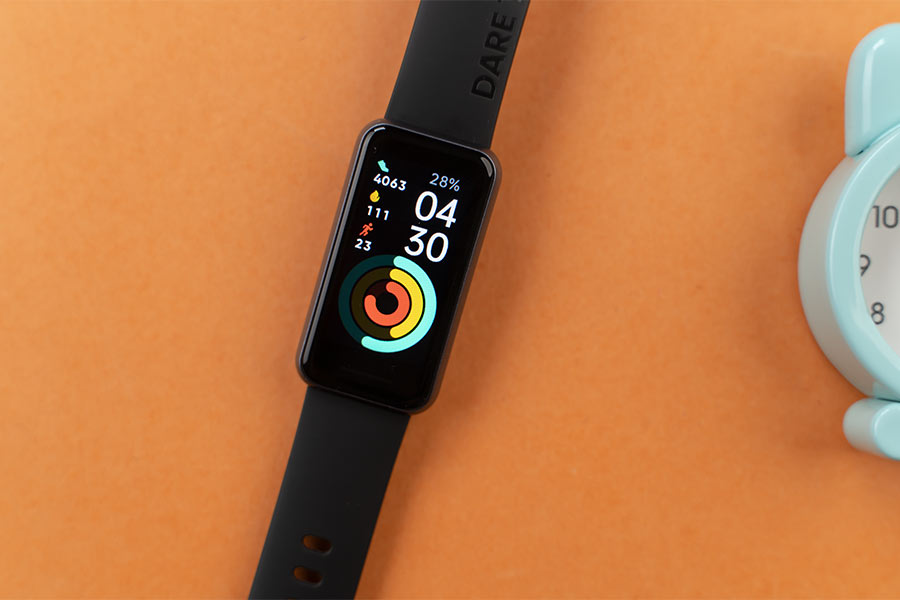
But what’s commendable here is that the app is integrated into the band itself, which allows you to control other Realme AIoT products paired with your smartphone. Other than this, the app allows you to customize different parameters, while the health tab offers a detailed picture of your steps, sleep, heart rate, and other metrics.
Health, Fitness Tracking
- 24-hour heart rate monitoring
- Blood oxygen (SpO2) monitoring
- Up to 90 sports mode
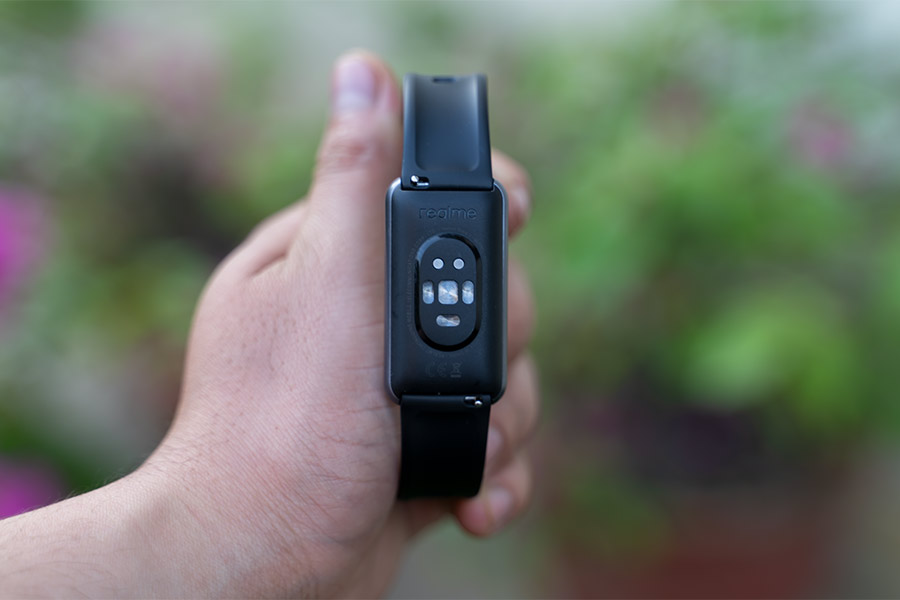 On to health tracking, Realme Band 2 is equipped with a GH3011 sensor that allows for continuous heart rate monitoring throughout the day. However, it records your heart rate every 5 minutes or you can customize the interval from the Realme Link app. The band also offers blood oxygen (SpO2) monitoring (albeit not 24 hours a day), as well as the ability to track women’s health and stress levels.
On to health tracking, Realme Band 2 is equipped with a GH3011 sensor that allows for continuous heart rate monitoring throughout the day. However, it records your heart rate every 5 minutes or you can customize the interval from the Realme Link app. The band also offers blood oxygen (SpO2) monitoring (albeit not 24 hours a day), as well as the ability to track women’s health and stress levels.
Moreover, I found its sleep monitoring to be spot on as it recorded my sleep cycles quite accurately. This fitness band can track 4 stages of sleep including deep, light, awake, and REM. Also, it’s worth mentioning that the more expensive Watch 2 can’t record REM (Rapid Eye Movement) sleep, so having it on a cheaper device is a no-bargain deal.
Sports Mode
Moving on, the Realme Band 2 supports 90 different sports modes, yet the device can store only 14 of them at a time. You can rearrange them through the app, but there’s no option to swap out the indoor and outdoor run exercises.
Yet, it doesn’t have a built-in GPS, so you’ll have to use your phone’s location data to trail your workouts. Apart from this, you can also monitor your steps, calories burnt, or take breathing exercises here. Plus, it can even notify you of high or low heart rate levels, as well as make sedentary reminders and alert you to drink water.
While all this sounds pretty appealing, the major caveat I found here is that the band can not sync your smartphone calls. This is such a small yet important thing to have, which unfortunately goes missing here. Nevertheless, all the other incoming notifications can be accessed by swiping from the top of the display.
Battery and Charging
- 204mAh battery
- Magnetic pin charger
Getting to the battery, Realme Band 2 has a 204mAh cell. To put that into perspective, that’s more than double the size compared to its predecessor. The company claims up to 12 days of endurance with this. Nonetheless, it easily managed 10 days of battery life during my usage.
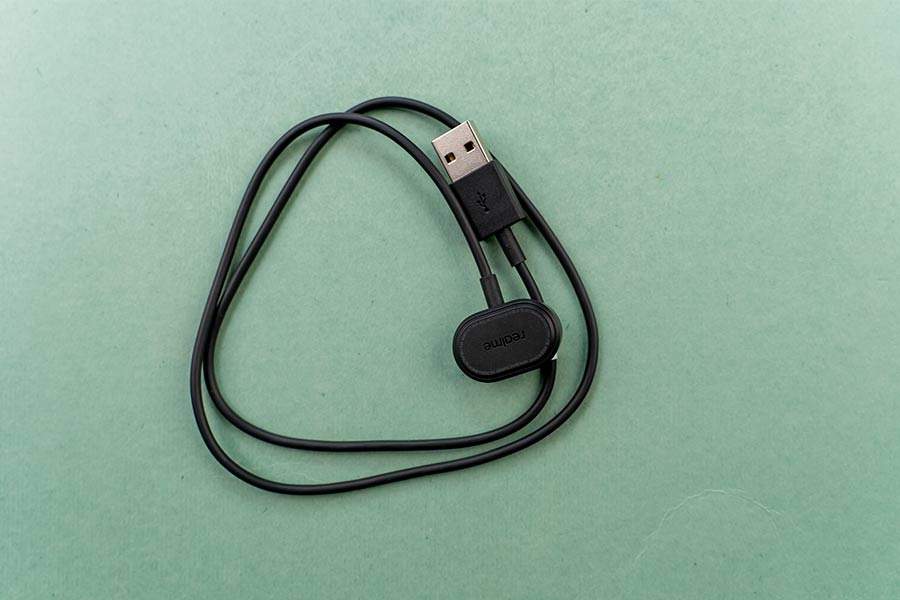
Here, Band 2 had to deal with notifications every now and then. And I always kept all the health metrics turned on while switching the brightness levels according to the sun’s demand. For charging, it uses a USB-A to a magnetic-pin connector that takes around 1 hour and 20 minutes to fully juice up the battery.
Realme Band 2 Review: Conclusion
Summing up this review, Realme has truly raised the bar with the Band 2 over its predecessor with its larger display and bigger battery life. Plus, it even surpasses the company’s more expensive Watch 2 in terms of features and specifications.
However, its lack of phone call support is a slight bummer—although that’s understandable given its budget nature. Still and all, Realme Band 2 is a wonderful option to consider in the fitness world if you’re looking for a no-nonsense budget fitness tracker.
Realme Band 2 Review: Pros and Cons
Pros:
- Interchangeable strap
- 5ATM water resistance
- Up to 90 sports modes
- SpO2, all-day heart rate tracking
- Great battery endurance
- Decent value for money
Cons:
- No AMOLED display
- No call answering
- Lacks a built-in GPS
- Stringent strap


